Article Identification
- Flawed American healthcare delivery system.
- Not only a gap but a chasm.
- Technology provokes complexity.
- Changing public healthcare needs.
- No easy road for improvements.
The modern American healthcare delivery system is not perfect. Investigations developed by the US Institute of Medicine at the beginning of the 21st century proved that patient safety was a critical issue (Carayon et al., 2014). In this report, the authors admit to the existence of not only a gap but a chasm between what people have and what they could have (Institute of Medicine, 2001). Despite a number of positive aspects associated with technological progress, many healthcare facilities continue to experience problems and deal with complexity. Public healthcare needs are undergoing certain changes, and medical workers are having to work hard to achieve success. The authors of the chosen article identify organizational, management, coordination, and information challenges and explain that it is necessary to be ready to take a path toward improvement that will not be easy.
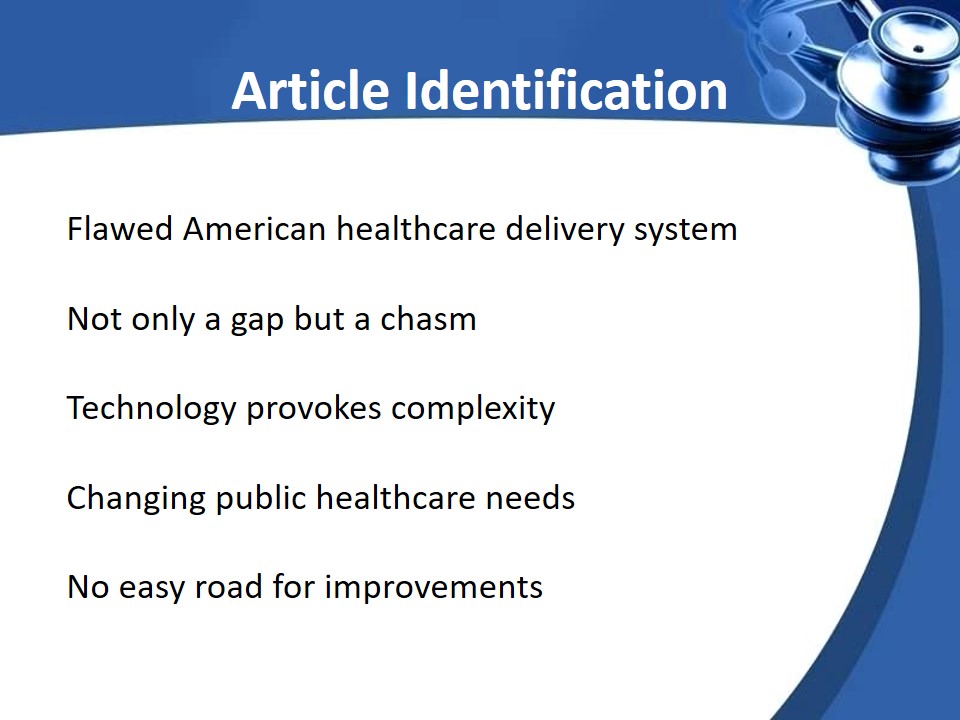
Description of Challenges
- Waste of resources.
- Countless coverage voids.
- Loss of information.
- Weak support for managers.
- Knowledge and training gaps.
The relationships between nurses and patients are not simple, and many challenges have the potential to occur in the modern healthcare delivery system. One example includes the waste of resources such as energy, equipment, supplies, and even ideas (Institute of Medicine, 2001). Despite numerous intentions to stabilize the conditions under which people can ask for help and care, the problem of coverage voids remains unsolved. Loss of information occurs, and managers suffer from weak support, training gaps, and a shortage of knowledge. The role of patients in such situations is not to keep quiet but to speak up about their concerns. Nurses have to be prepared to listen, promote cooperation between their patients and the medical staff, and search for solutions.
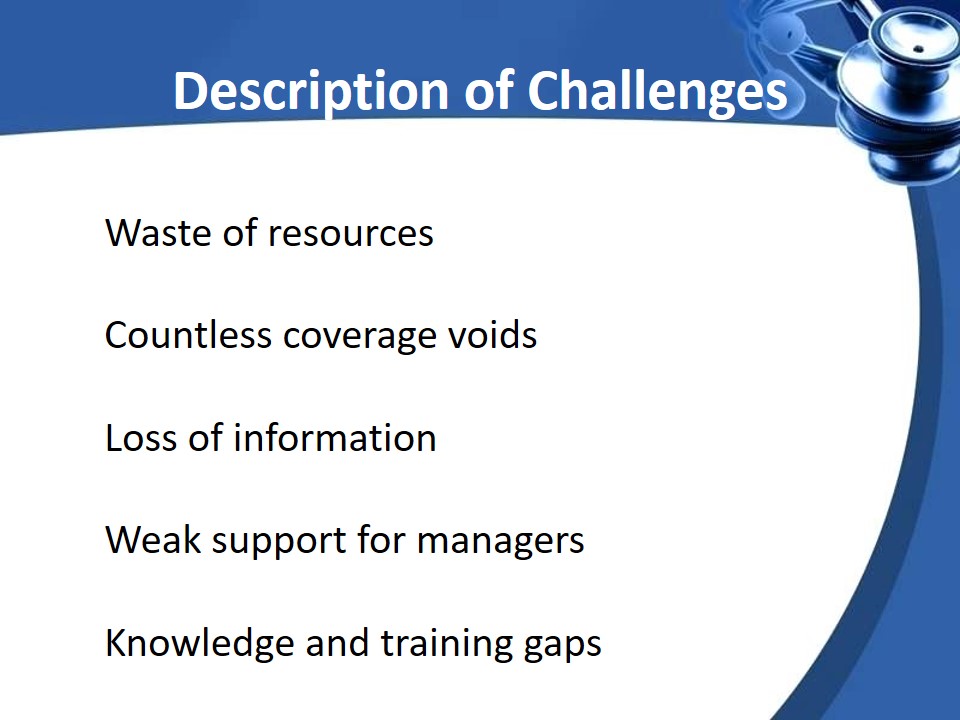
Explanation of Improvement Aims
- Promote safety in healthcare facilities.
- Keep services effective.
- Support the idea of patient-centered care.
- Introduce timely services and ideas.
- Continue working efficiently.
- Provide equitable care to all patients.
The relation between offered care and the outcomes that patients may observe presents a significant topic for discussion. The authors introduce six goals for improving the system, which can be easily applied to any kind of practice:
- Safety is crucial for health care, and nurses should know how to help patients avoid injuries;
- Effective services are the core of the care delivery system, and they are based on scientific knowledge and need refraining (Institute of Medicine, 2001);
- Patient-centered care should be applied to practice because every nurse must recognize patients’ needs, preferences, and values to make correct clinical decisions;
- A timely manner in service provision cannot be neglected, and nurses should avoid delays in their services;
- Efficient services include care and help with no extra waste of equipment and supplies;
- The provision of equitable care includes high-quality services free from prejudice regarding gender, ethnicity, or socioeconomic status.
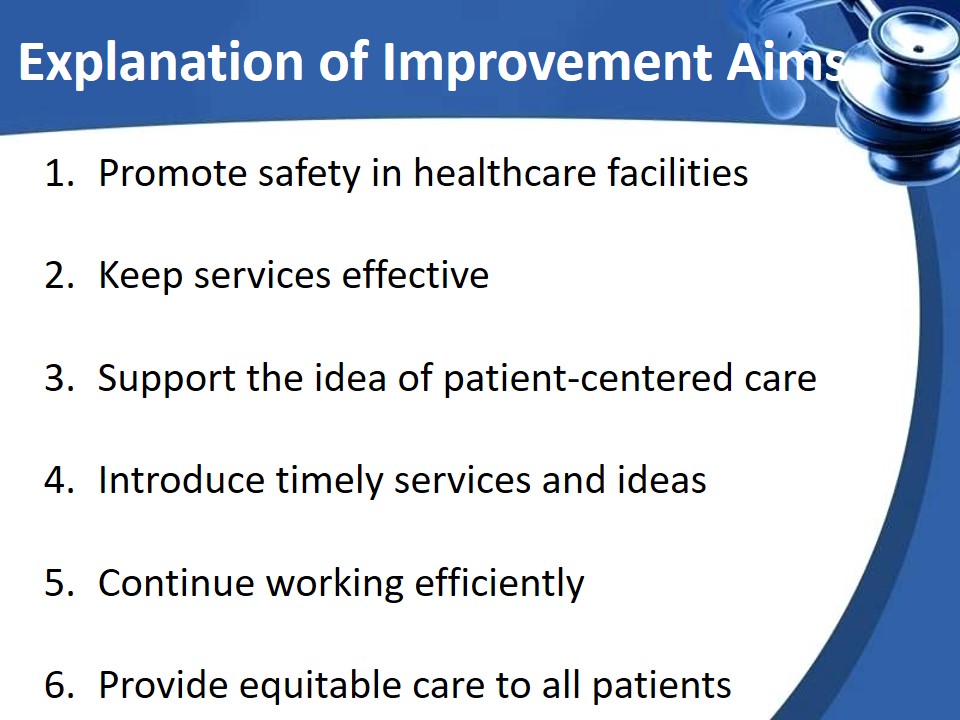
Evaluation of Ten Rules
- Healing relationships in care;
- Customized care;
- Patient as the source of control;
- Exchange of knowledge and information;
- Evidence-based decision-making;
- Safe environment for patients;
- Transparency;
- Anticipation of patients’ needs;
- Decrease of waste in healthcare facilities;
- Cooperation between clinicians.
The care environment affects patients, nurses, and other practitioners. It motivates the participants, improves human well-being, and solves current problems and challenges. The Institute of Medicine (2001) introduces ten rules that can help make a successful redesign of the healthcare delivery system possible:
- Continuous healing relationships are key in care. According to this model, a nurse visits a patient, reports on current health conditions, stays responsive, and offers different means of communication to make sure a patient and his/her family feel comfortable;
- Customized care has to be promoted. A nurse should learn the needs and values of patients to inform medical workers about possible choices and preferences;
- Patients should feel that they possess some control. Nurses must provide patients with enough information so that patients participate in decision-making;
- Exchange of knowledge cannot be ignored. It is an obligation of a nurse to provide patients with access to their medical information;
- Evidence-based decision-making processes are integral in health care. Nurses may share scientific knowledge to facilitate the work of clinicians.
- A safe environment helps to reduce risks in healthcare facilities. The role of a nurse is to pay attention to patients and their physical needs and avoid errors in care.
- Transparency of information is required. Nurses should include patients and their families in discussing care plans, alternative treatments, and clinical practices.
- The anticipation of patients’ needs is a serious aspect of care. A nurse should cooperate with a patient, respond to demands, and make sure all information is properly understood.
- Elimination of waste is recommended. Nurses must maintain awareness in their work and tasks to make sure that resources are not used in vain and patient time is properly organized.
- A collaboration of clinicians offers the last chance to redesign modern health care. The exchange of experience, direct communication, and coordinated care must be developed in settings through regular meetings and the creation of special groups.
This model provides a good chance to improve care outcomes.
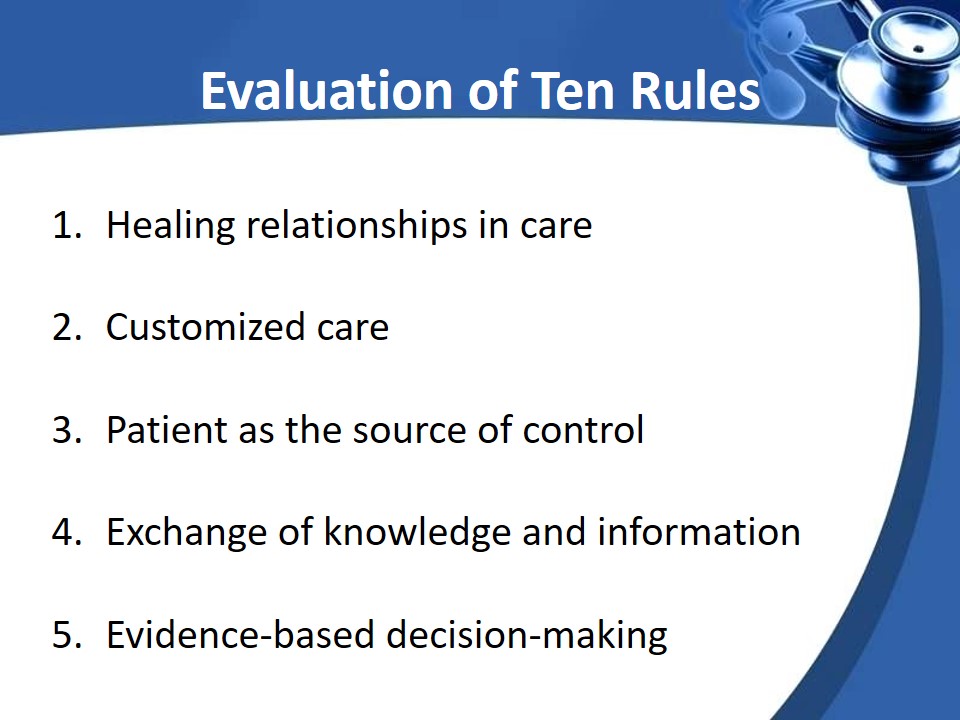
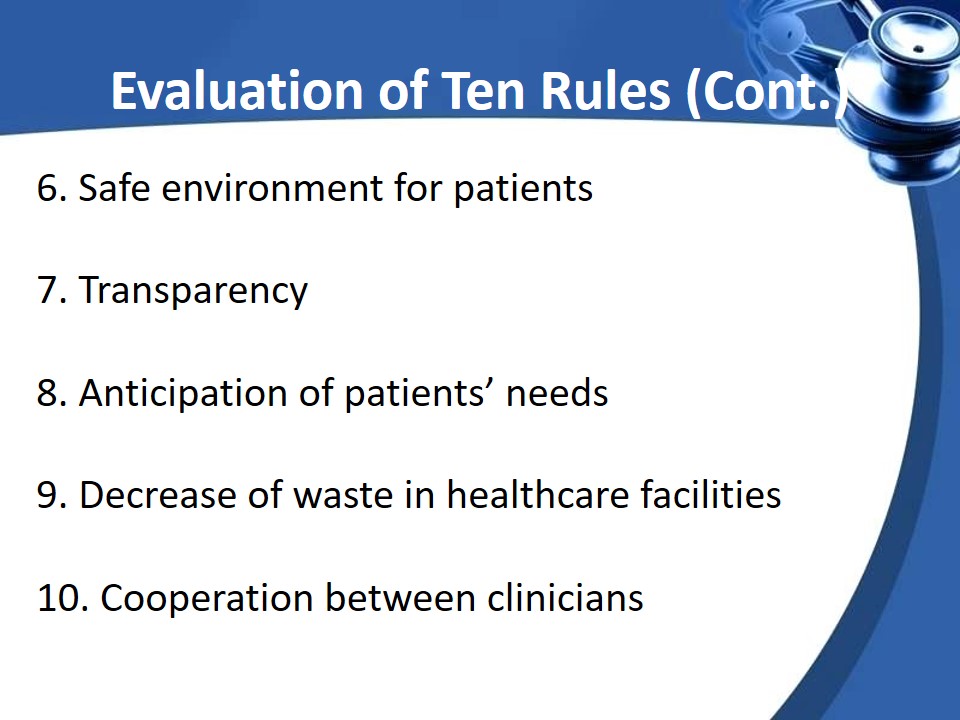
Determination of Principles
- Patients’ needs are recognized.
- Collaboration is promoted.
- Resources and outcomes are combined.
- Exchange of information is supported.
- Evaluations and improvements are observed.
A correct implementation of the ten principles can change the existing system. Patients can enjoy the outcome when all their health-related needs are recognized by nurses. Clinician collaboration is an opportunity to think about patients and their families. Patients are treated in a safe environment as resources are properly combined with expected outcomes. The exchange of information and evaluations determines the quality of care and provides patients with a chance to leave feedback and offer recommendations.
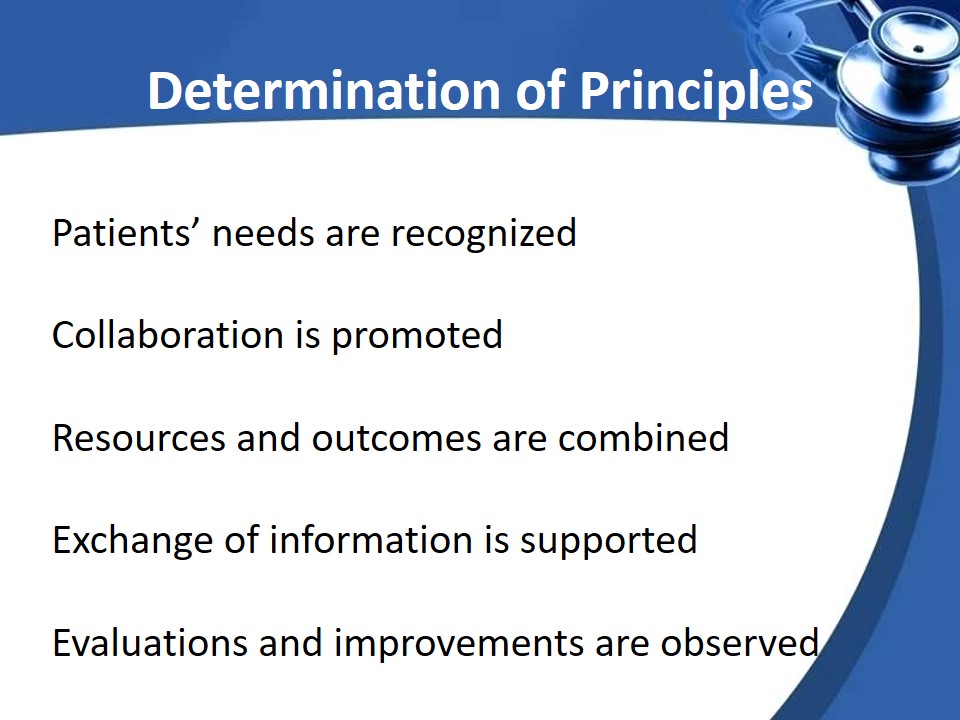
References
Carayon, P., Wetterneck, T. B., Rivera-Rodriguez, A. J., Hundt, A. S., Hoonakker, P., Holden, R., & Gurses, A. P. (2014). Human factors systems approach to healthcare quality and patient safety. Applied Ergonomics, 45(1), 14-25. Web.
Institute of Medicine. (2001). Crossing the quality chasm: A new health system for the 21st century. Web.